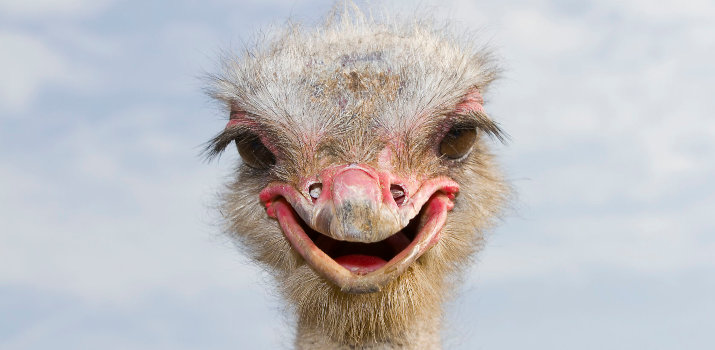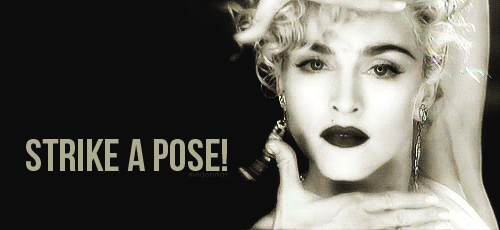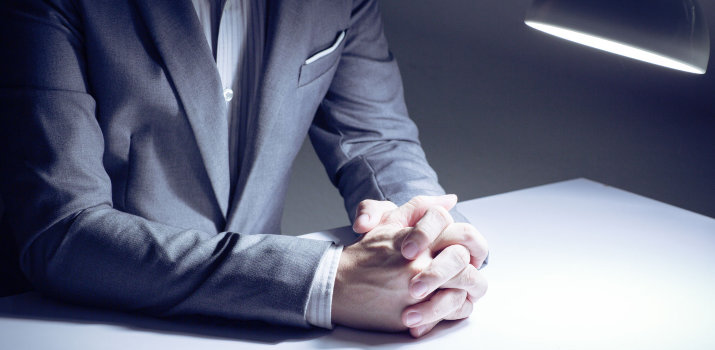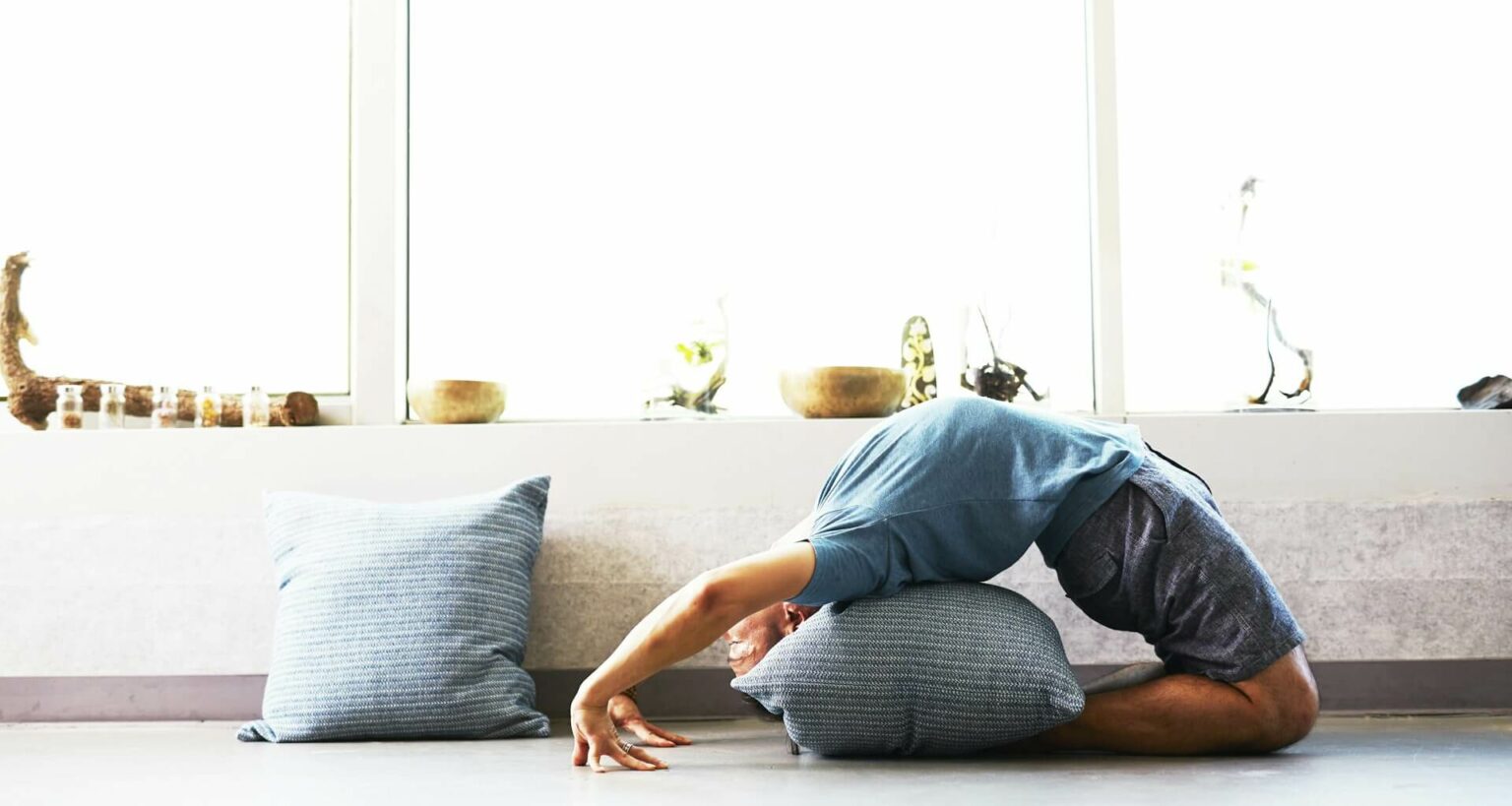You’ve spent a small fortune on that all-important outfit. You’ve paid closer attention to your grooming than ever before, and even taken extra special care on being punctual to the interview. But what if all of this was futile just because of the way you sit? Believe it or not, this could be the case.
Body language is something we often overlook in an interview situation. We are all guilty of hitting the panic button and simply spewing out words we hope are impressive to the employer. However, as the old saying goes, actions speak louder than words. It may come as a surprise just how influential your body language can be during an interview. Let’s take a look at where we might be going wrong and how to change it…
1. It’s all in the eyes

This is rule number one for a reason. Maintaining eye contact with the interviewer is crucial in conveying your intent. It shows enthusiasm, attentiveness and understanding. But don’t overdo it. Constant staring over a prolonged period of time could be seen as rude, if not a little weird.
When they are asking a question, maintain enthusiastic eye contact. Once it is time to reply, glance away or upwards for a moment whilst you digest the information and prepare your response. Timing this brief glance away not only stops it from getting weird, but also shows the interviewer that you’re a good listener and want to process everything they’ve said.
Eyes are the window to your soul apparently, so make sure yours are accessible and open. Employers like you to be open.
2. Give yourself a hand

This is a common problem. Where to put your hands? Places definitely not to put them include your pockets, their pockets or your nose. In normal life, hands are our beautiful extensions that adapt and naturally interact with the environment around you. In interview situations they become detached enemies – feral, fidgety and uncontrollable.
A good technique which I find helps during an interview is hand steepling. This is when you press your fingers together in a prayer-like fashion (just like Mr. Burns). Apart from keeping your pesky paws occupied, steepling is also a distinct display of confidence.
Hands are our beautiful extensions that adapt and naturally interact with the environment around you. In interview situations they become detached enemies – feral, fidgety and uncontrollable.
Minor hand gestures for elaboration are acceptable too, but avoid pointing as this is perceived as aggressive. Other things to avoid include nail-biting, face-petting (this is an adults version of sucking their thumb for comfort) and fist-clenching. All of these actions convey a very closed, nervous persona that interviewers will pick up on straight away.
3. Smile and nod, smile and nod

Once again, gauge this well and you will look enthusiastic and endearing. Overdo it and you will look like Chucky with a defective head. Smiling and nodding your head has long been the customary social signal of ‘I understand and agree’. So use your intuition with how to do this, accentuating it more when the interviewer has finished their sentence, for example.
Something you want to avoid is nodding when you don’t understand a question. It is better to ask them to explain more before you commit yourself with a head nod. This not only helps you out, but it shows that you’re keen to understand and will not just go along with anything for the sake of pleasing them. Believe it or not, the interviewer would prefer you to be inquisitive rather than a spineless mindless drone.
Another crucial thing to consider before you unleash your pearly whites is the context of the job type. According to The Journal of Social Psychology, research has shown that “job type is an important moderator of the impact of smiling on hiring.” Customer service roles would welcome a nice smiling face at the interview, but grinning like a Cheshire cat for a Mortuary Beautician role would be less appropriate.
4. Strike a Pose

This technique is fairly new to me, but it seems interesting and a lot of people swear by it, hence why it’s on the list. ‘Power posing’ is a phenomenon by which you spend a minute or two, before interview, striking a very strong and motivating pose. Think Schwarzenegger. Think Rocky. Think Superman.
Channeling your inner hero can significantly increase testosterone and confidence levels and actually reduce stress.
Psychologist Amy Cuddy found that finding your inner hero can significantly increase testosterone and confidence levels and actually reduce stress. Think of it as a physical pep talk. By doing this you’ll find that your body will relax more, allowing you to sit better and speak more clearly too.
I wouldn’t advise unleashing the double bicep in the waiting area at interview though. This may damage your chances somewhat. Opt for the rest room instead, maybe in front of the mirror if you’re evoking a bout of megalomania.
5. Posture

Lastly but perhaps most crucially, sit up straight! Making sure you’re sat correctly has a number of benefits – not just in an interview situation but in overall health.
By pushing your chest out, straightening your lower back and bringing your shoulder blades in, it reaffirms those three key attributes again: confidence, enthusiasm and attentiveness. Not only that, it also makes you speak differently. Your windpipe will open more and allow you to annotate your words better. Although you may not realise yourself, you will sound much better to the interviewer by sitting with good posture.
Slumping, with weary shoulders and a sunken chest denote signs of laziness and indifference. These are the last things you want your potential employer to think of you.
A final thought
Body language has two purposes. Yes, it is to impress the interviewer. Yes, it is to give great first impressions. But also, subconsciously, it is for your own benefit as well.
By adhering to all of the above hints and tips, you will find that they will naturally instill you with that confidence and aura you need to succeed. You will become that person. For this reason alone, body language could be considered one of the most powerful psychological tools we have.
Written by Jon Clarke



